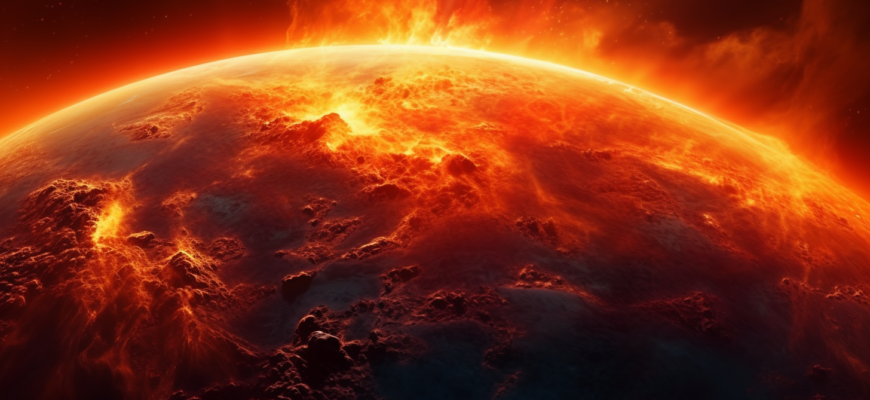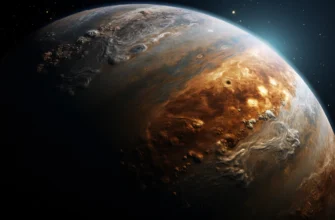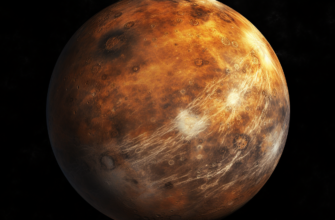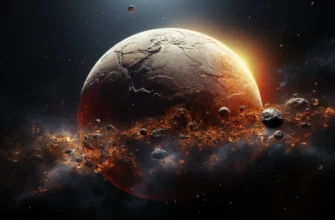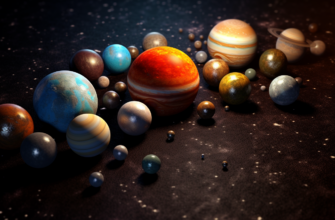- The Hottest Planet in the Solar System
- What Makes Venus the Hottest?
- Exploring Venus
- Other Hot Planets in the Solar System
- Additional Information
- Venus and the Search for Life
- Future Missions to Venus
- DAVINCI+ mission
- VERITAS mission
- Future missions
- Conclusion
- FAQ:
- Q: Is there life on Venus?
- Q: Why is Venus so hot?
- Q: What are some future missions to Venus?
The Hottest Planet in the Solar System
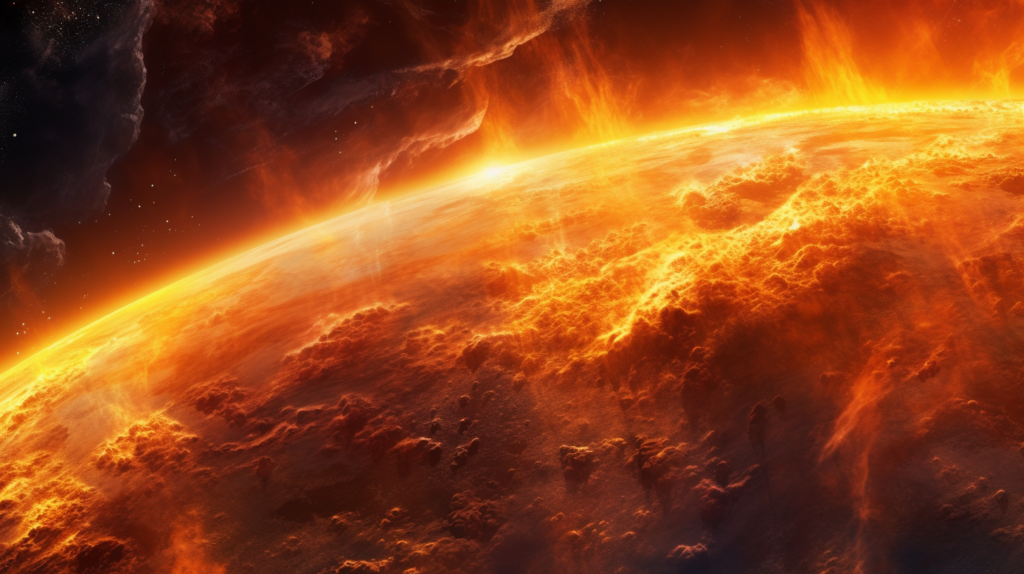
Venus, the hottest planet in our solar system, is a celestial enigma that has baffled and captivated scientists for centuries. With an average surface temperature of 864 degrees Fahrenheit (462 degrees Celsius), Venus is hotter than the surface of Mercury, even though it is further from the Sun.
This comprehensive guide delves into the fascinating science behind Venus’ scorching temperatures, its unique characteristics, and the ongoing exploration of this mysterious planet.
What Makes Venus the Hottest?
There are three primary factors that contribute Venus’ extreme heat:
- Thick carbon dioxide atmosphere. Venus’ atmosphere is the densest in the solar system, and it is composed primarily of carbon dioxide, a greenhouse gas that traps heat. This creates a runaway greenhouse effect, which heats the planet’s surface to incredible temperatures.
- Proximity to the Sun. Venus is the second planet from the Sun, and it receives more sunlight than any other planet in the solar system. This additional sunlight contributes to Venus’ scorching surface temperatures.
- Slow rotation. Venus rotates once on its axis every 243 Earth days, which is the longest rotational period of any planet in the solar system. This slow rotation allows the Sun to beat down on Venus’ surface for longer periods of time, further heating the planet.
The extreme temperatures on Venus have rendered it a barren and desiccated landscape. Liquid water cannot exist on Venus’ surface, as it would evaporate instantly. The planet is also devoid of clouds, as the thick atmosphere absorbs and scatters sunlight.
Exploring Venus
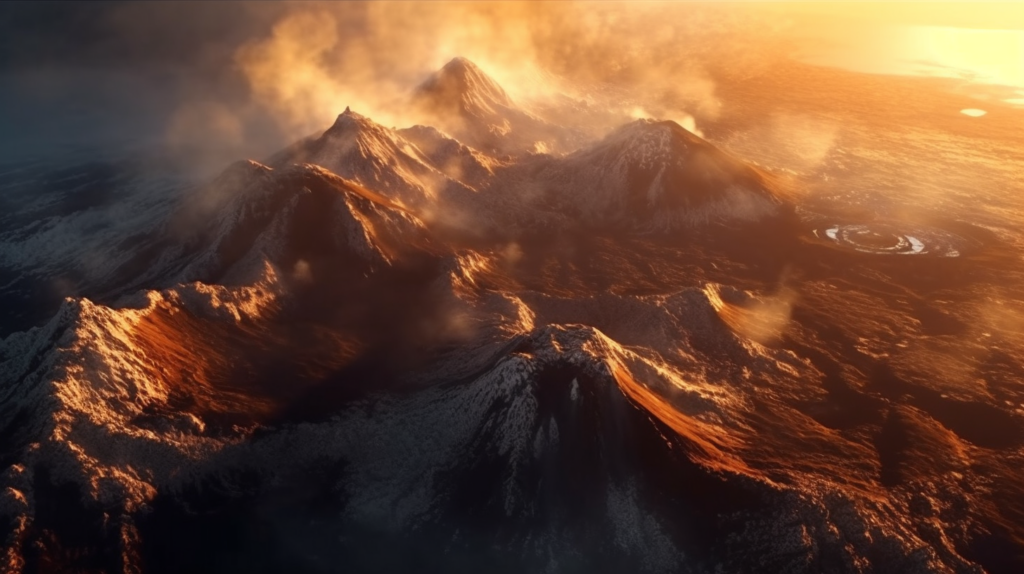
Exploring Venus is challenging because of the planet’s harsh environment. The thick atmosphere is made up mostly of carbon dioxide, with clouds of sulfuric acid. The surface is covered in lava flows and craters.
Despite the challenges, there have been a number of missions to Venus over the years. The first successful mission to Venus was the Venera 4 probe in 1967. Venera 4 sent back data on the planet’s atmosphere and surface temperature.
In 1975, the Soviet Union’s Venera 9 and Venera 10 probes became the first spacecraft to land on Venus and send back images of the planet’s surface. The images showed a barren landscape, with rocks and craters.
In 1990, the United States’ Magellan spacecraft mapped the surface of Venus using radar. Magellan’s images showed that Venus has a variety of geological features, including mountains, volcanoes, and lava flows.
In 2015, the European Space Agency’s Venus Express spacecraft began orbiting Venus. Venus Express is studying the planet’s atmosphere and surface.
Other Hot Planets in the Solar System
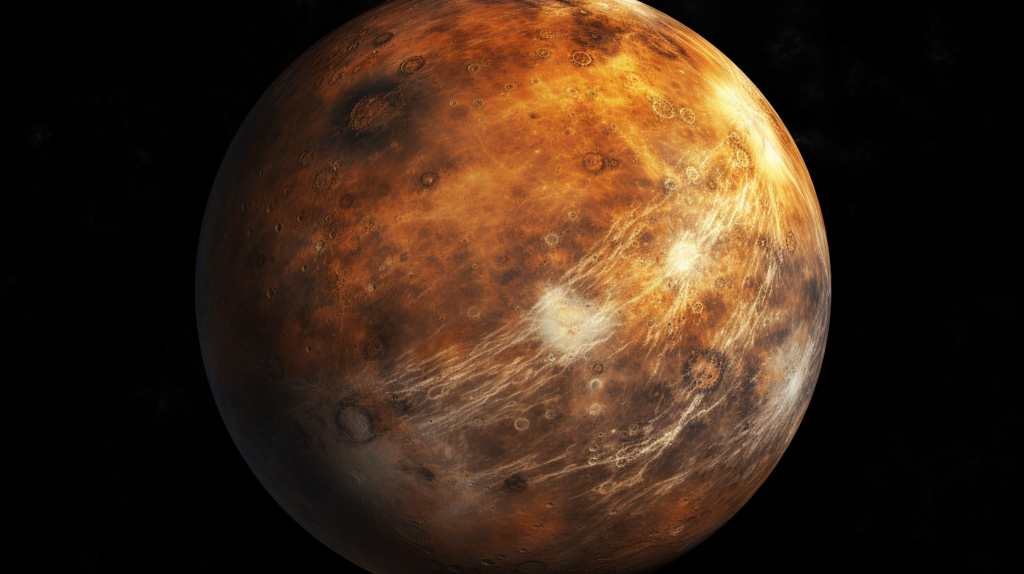
Mercury is the second hottest planet in the solar system, with an average surface temperature of 800 degrees Fahrenheit (430 degrees Celsius). Mercury is close to the Sun, and its thin atmosphere does not provide much insulation from the Sun’s heat.
Jupiter is the fifth hottest planet in the solar system, with an average temperature of -234 degrees Fahrenheit (-145 degrees Celsius). Jupiter’s atmosphere is made up mostly of hydrogen and helium, which are gases that trap heat.
Saturn is the sixth hottest planet in the solar system, with an average temperature of -218 degrees Fahrenheit (-138 degrees Celsius). Saturn’s atmosphere is similar to Jupiter’s, and it also traps heat.
Additional Information
- Venus is the second planet from the Sun and the sixth largest planet in the solar system.
- Venus has no moons.
- Venus is the only planet in the solar system that rotates in the opposite direction from its orbit.
- Venus is the brightest object in the night sky after the Moon.
- Venus is also known as the “Phosphorus Star” because it is often visible in the morning and evening skies.
Venus and the Search for Life

Venus is a very hostile environment, and it is unlikely that life as we know it could exist on the planet today. However, scientists believe that Venus may have been more habitable in the past.
For example, scientists have found evidence that Venus may have once had a liquid water ocean. Liquid water is essential for life as we know it.
Scientists are also interested in studying the atmosphere of Venus for signs of life. The atmosphere of Venus contains a number of chemicals important for life, including methane and ammonia, and is dotted with volcanoes of Venus.
Future Missions to Venus
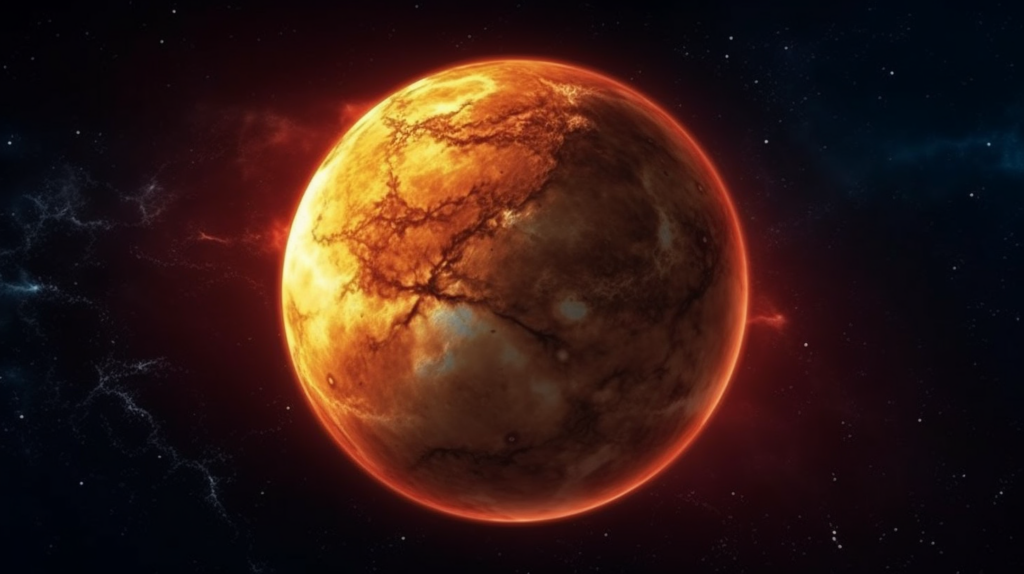
There are a number of future missions to Venus planned by space agencies around the world. The goal of these missions is to learn more about Venus’s atmosphere, surface, and history.
DAVINCI+ mission
One of the most exciting future missions to Venus is the DAVINCI+ mission. DAVINCI+ is a NASA mission that is scheduled to launch in 2029. DAVINCI+ will send a probe into the atmosphere of Venus to study its composition and chemistry.
DAVINCI+ spacecraft, which is scheduled to launch in 2029 to study the atmosphere of Venus
VERITAS mission
Another exciting future mission to Venus is the VERITAS mission. VERITAS is a NASA mission that is scheduled to launch in 2028. VERITAS will orbit Venus and study its surface using radar.
VERITAS spacecraft, which is scheduled to launch in 2028 to study the surface of Venus using radar
Future missions
In addition to DAVINCI+ and VERITAS, there are a number of other future missions to Venus in the planning stages. These missions include:
- Venus Origins Explorer (VOX): A NASA mission that will study the atmosphere and surface of Venus to learn more about the planet’s origin and evolution.
- EnVision (EnVenus): A European Space Agency mission that will study Venus’s atmosphere, surface, and interior.
- Venus Global Imager (VGI): A Russian mission that will map the surface of Venus using high-resolution cameras.
- Venus Sample Return (VSR): A Japanese mission that will collect and return samples of Venus’s atmosphere and surface to Earth.
These future missions to Venus will help us to better understand the hottest planet in the solar system and its potential for habitability.
Conclusion

Venus is the hottest planet in the solar system, and it is a very hostile environment. However, scientists are continuing to explore Venus to learn more about this fascinating planet.
Future missions to Venus will help us to better understand Venus’s atmosphere, surface, and history. This knowledge could help us to determine if Venus was ever
FAQ:
Q: Is there life on Venus?
- IIt is unlikely that life as we know it could exist on Venus today due to its harsh conditions. The planet’s surface is too hot and dry, and the atmosphere is too acidic. However, scientists believe that Venus may have once had a liquid water ocean, providing some clues about the early order of planets.
Q: Why is Venus so hot?
- Venus is hot for a few reasons. First, Venus has a very thick atmosphere, which is made up mostly of carbon dioxide. Carbon dioxide is a greenhouse gas, which means that it traps heat in the atmosphere. This creates a runaway greenhouse effect, which makes Venus even hotter.
- Second, Venus is very close to the Sun. Venus is the second closest planet to the Sun, after Mercury. This means that Venus receives a lot of heat from the Sun.
Q: What are some future missions to Venus?
- There are a number of future missions to Venus planned by space agencies around the world. The goal of these missions is to learn more about Venus’s atmosphere, surface, and history.

